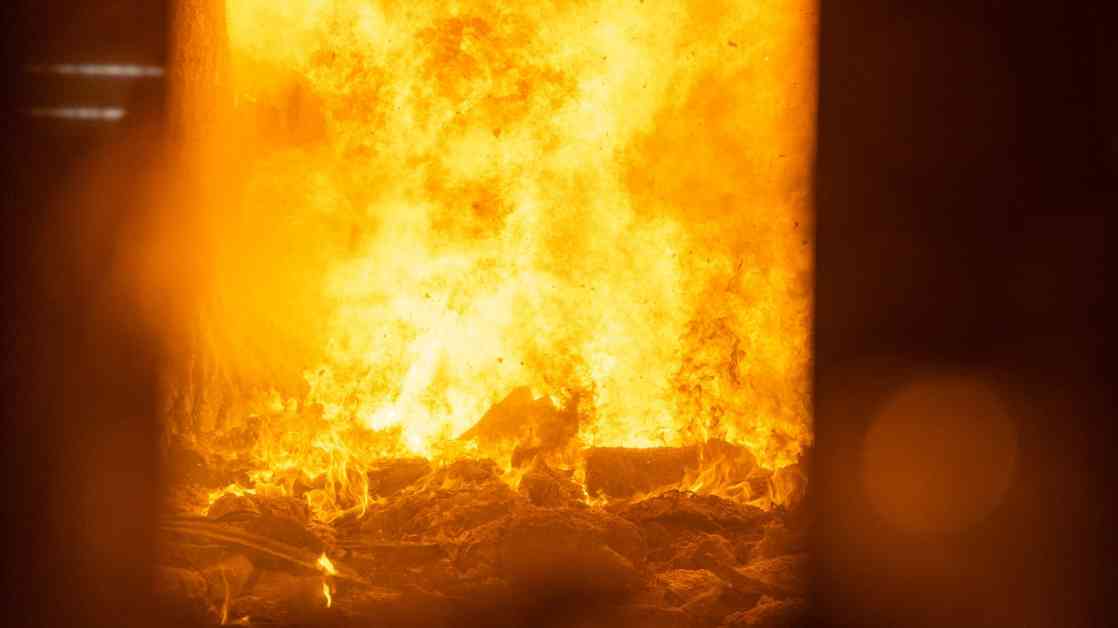Cathy Wurzer recently discussed Minnesota’s carbon-free climate law with Andrew Hazzard, an environmental reporter for Sahan Journal. The law, passed last year, mandates that all electricity in the state must come from carbon-free sources by 2040. However, there is ongoing debate about whether burning trash and timber for energy should be considered carbon-free.
Currently, only about 2% of the state’s electricity is generated by trash incinerators and wood biomass plants, making up about 6% of what is considered renewable generation. As the state approaches the 2030 benchmark of 80% of electricity coming from carbon-free sources, every point of renewable energy will be crucial in meeting the legally mandated goal of carbon-free electricity by 2040.
The key issue lies in the fact that burning trash and wood releases carbon dioxide, which contradicts the definition of carbon-free energy. Despite this, various stakeholders, including utility companies, municipalities, and the timber and waste industries, argue that considering the total life cycle of practices like waste incineration could be beneficial in reducing overall emissions rates.
One notable facility, the Hennepin County Energy Recovery Center (HERC), formerly known as the garbage burner, has been singled out in the clean energy law as no longer counting as a renewable energy source. This decision was influenced by powerful Minneapolis delegation members who have long opposed the HERC and aimed to pressure Hennepin County to close the facility.
While plans were requested by Hennepin County commissioners to close the HERC between 2028 and 2040, the county staff has not presented a concrete plan but rather a list of requirements and state laws they would like to see in place. This lack of commitment to a closure timeline has caused tension and uncertainty about the future of the HERC and waste management in the county.
Overall, the debate surrounding what qualifies as carbon-free energy sources in Minnesota’s climate law continues to evolve, with stakeholders advocating for a broader perspective on carbon neutrality. The need for a clear plan and commitment to transitioning to truly carbon-free sources remains essential in achieving the state’s climate goals by 2040.




